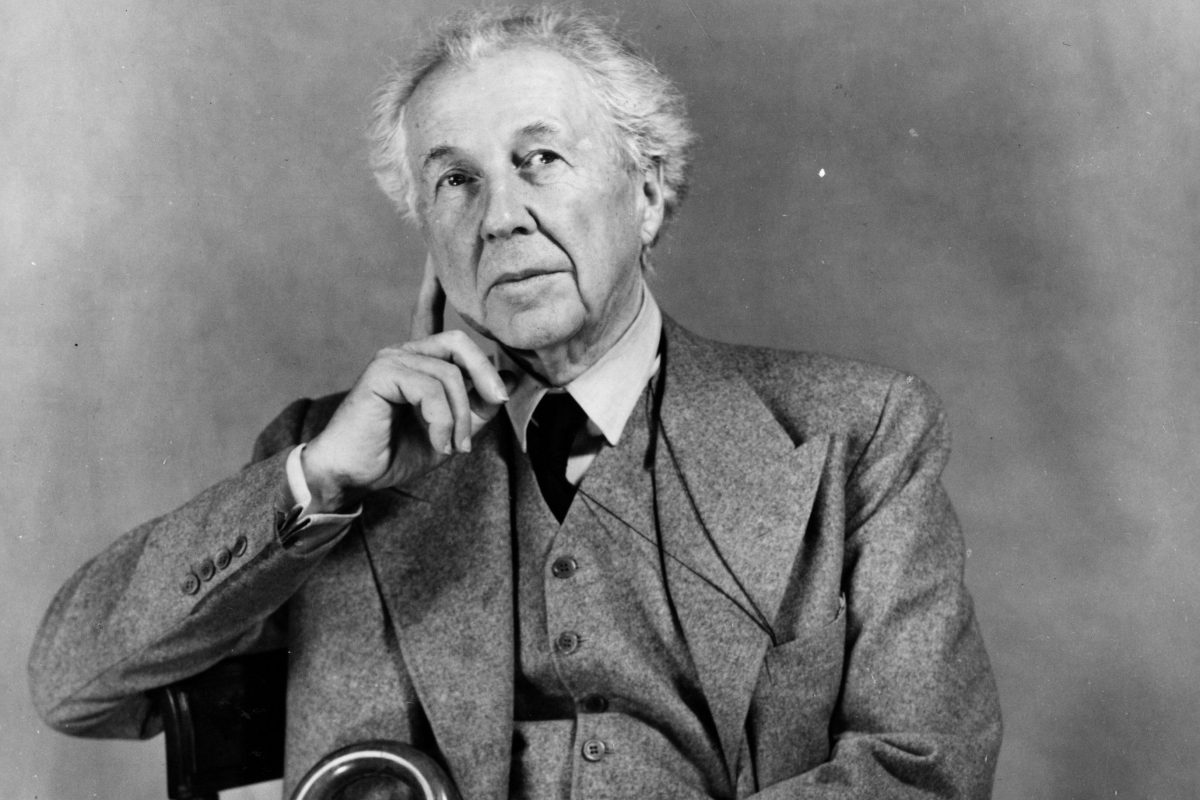The first architect may have lived thousands of years before recorded history. Beforehand tools were invented, a human being most likely planned and built a structure from whatever materials were available to him. We may never know the identity of the first architect but we do know who the first to be immortalized were.
Historians identify Imhotep, who lived around 2600 BC, as the first identified architect in history. He is credited with inventing the method of stone-dressed building and using columns in architecture. Imhotep served the Egyptian pharaoh Djoser. He designed the first Egyptian pyramid complex which inspired the later more extravagant pyramids.
Ictinus and Callicrates worked together to construct the Parthenon of the Acropolis in Athens, Greece. It is an architectural wonder and took nine years to complete. It is considered the most influential building of all time as well as the most beautiful monument of human civilization. Ictinus designed the architecture and Callicrates supervised its construction. They were both Athenians active during the 5th century BC. The mathematical deciphering of the Parthenon reveals that Ictinus and Callicrates were also philosophers.
Hadrian born A.D. 76 was a Roman emperor during the golden age of the Roman Empire. He considered himself a visionary leader, military strategist, poet, artist, and architect. Hadrian propelled design and engineering to new heights with the construction of the Pantheon and Hadrian’s Wall in North Britain.
Abbot Suger, (1081-1151), was a French statesman and historian. He was one of the earliest patrons of Gothic architecture and is credited with popularizing the style.
Filippo Brunelleschi, (1377-1446) was an Italian architect, designer, and sculptor. He is considered to be a founding father of the Italian Renaissance. His principal contribution was his innovative work in constructing the massive dome for the city’s cathedral in Florence.
Christopher Wren, (1632-1723) was an English classical architect. He is known as a designer, astronomer, geometrician as well as the greatest English architect of his time. Wren designed 53 London churches, including St. Paul’s Cathedral as well as countless secular buildings. He plays a part in the life of millions of Londoners who visit his designs every day.
Karl Friedrich Schinkel (1781-1841), was a Prussian architect, city planner, and painter who also designed furniture and stage sets. Schinkel was one of the most prominent architects of Germany and designed both neoclassical and neogothic buildings. He was versatile in classical and romantic styles and he is credited with designing one of the world’s first museums.
Louis Henry Sullivan, (1856-1924), was an American architect who has been called a “father of skyscrapers” and “father of modernism.” He was an influential architect of the Chicago School, a mentor to Frank Lloyd Wright, and an inspiration to the group who are known as the Prairie School. Sullivan, Wright, and Henry Hobson Richardson are considered the “recognized trinity of American architecture.” The phrase “form follows function” is attributed to him although he credited the concept to the ancient Roman architect Vitruvius.
Frank Lloyd Wright, (1867-1959), was an American architect, designer, writer, and educator. He is perhaps the most well-known name in architecture. Wright designed more than 12,000 structures over a creative period of 70 years. He believed in designing in harmony with humanity and the environment, a philosophy he called organic architecture. This philosophy was exemplified in his design- Fallingwater (1935), which has been called “the best all-time work of American architecture.” Wright played a key role in the architectural movements of the twentieth century. He influenced architects worldwide through his works and hundreds of apprentices. Wright was the pioneer of what came to be known as the Prairie School of movement of architecture. He designed original and innovative offices, churches, schools, skyscrapers, hotels, museums, and other commercial projects. Wright also designed interior elements including leaded glass windows, floors, furniture, and tableware, which were integrated into these structures. Wright was recognized in 1991 by the American Institute of Architects as “the greatest American architect of all time”.
You have now learned a bit about some of the most famous architects in history. Collectively, these great minds have created incredible designs all throughout the world. In fact, a great number of these structures are still intact and stand undamaged today. Who do you think will go down in history as the next great architect? Who has made an indelible mark in the field of modern architecture? Only time will tell….


